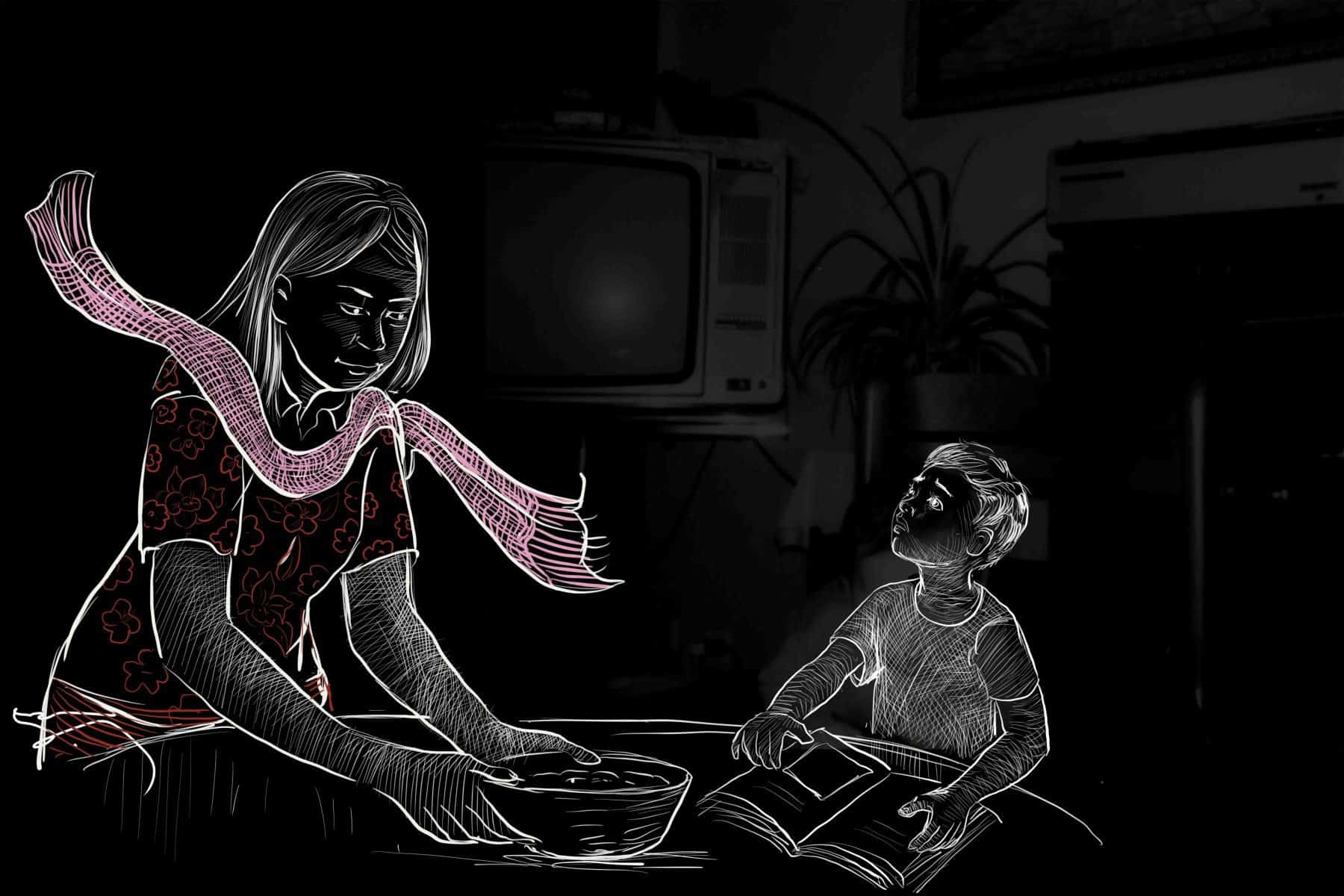The newest trend in the anime industry and the one that has essentially taken over is the isekai (a subgenre of fantasy in which a character is suddenly transported from their world into a new or unfamiliar one, usually with JRPG properties), with a plethora of series with rather lengthy titles coming out constantly. As such, and with the same mentality we previously examined the shonen ones, we will deal with a number of entries in the category that standout, and focus on which elements allow them to do so. “The Magical Revolution of the Reincarnated Princess and the Genius Young Lady” is definitely one of those.
Watch This Title on Crunchyroll
by clicking on the image below
When noblewoman Euphyllia is unjustly stripped of her title as the kingdom's next monarch, by her fiance, the crown prince Algar, the buffoonish Princess Anisphia, the former successor to the throne who decided to leave the whole thing to her brother, takes it upon herself to right this wrong. This however, is not the only shocking action Anis has taken in her life, since, despite her supposed ineptitude with regular magic, which is what is expected from the monarch of the country, she has developed “magicology,” a unique magical theory based on memories from her past life, which is hinted to have been on Earth. To achieve this, Anis is frequently involved in the army's fights with the monsters that threaten the Kingdom, in order to gain material for the technological advances she comes up with, to the infuriation of her father, Orphans Il Palettia. Nevertheless, to help Euphilia regain her good name, Anis has her living with her and her devoted maid, Ilia Coral, helping her in her research. Her decision, however, has much more significant consequences than the two could ever fathom.
Shingo Tamaki directs a series where the isekai element, although encircling the whole narrative, is essentially an excuse for an anime that moves towards medieval/magic and romance/yuri paths, particularly since the fact that Anis is from another world is only mentioned in the first and last episode of the 13-long season. Regarding the yuri part, the romance between the two girls is palpable if subtle from the first episodes, with the ‘will-they-won't-they' element being one of the most dominant in the story. The fact that all the protagonists, which include, apart from the three aforementioned, Lainie Cyan, Algar's new romantic interest and Tilty Claret, a noblewoman who was disowned by her family and is now Anisphia's best friend, adds even more to the yuri, ‘girl-power' element here, in an approach that is quite unusual for an isekai. Add to that that some tenderness is eventually manifested physically and depicted in the series, and you have the backbone of the two unique narrative elements here.
Follow our coverage of anime titles by clicking on the image below
Also of note is the way the story moves from arc to arc every 2-3 episodes, and the way that comedy gives its stead to action and drama, in a testament to Tamaki's direction. As such, the initial, introductory episodes give their stead to the dragon fighting arc, the feud with Algar, the tension with the nobles, and eventually, the succession dilemma, which emerges as the most dramatic here. Even more impressively, all these episodes add to the analysis of the characters, creating a very appealing empathy for them, as much as the relationships among all the protagonists, in an aspect that adds a coming-of-age property and generally, even more to the depth of the anime. Even more interesting is that the analysis actually extends to all the characters and their inter-relations, with Tamaki allocating enough time to everyone, in another very appealing aspect of the series.
Furthermore, the whole story also has a social hypostasis, with the way authority is restricted to a specific family, and the oligarchy of the noble families has them retaining their privileges in perpetuity resulting in some very intriguing secondary comments. The fact that what the two girls are essentially trying to do is end monarchy, oligarchy and nepotism, and bring democracy through technology, emerges as one of the most interesting comments, while cementing the rather rich context here.
The artform is as bright and shiny as is usually the case with isekai, and the title is basically stripped of any kind of brutality, since even the blood coming out of the animals is purple. The fight between Anis and her brother is the exception to the rule, in the most impressive action scene in the series, which is also where the animation by Diomedea finds its apogee. The movement of the characters is quite realistic, even in the sudden appearances of Anis. The many female characters do stand out from one another, but this is mostly due to their coloring and attire than their overall design, with their faces actually looking much alike. As such, Naomi Ide's character design, although definitely above average, does not emerge as exactly great. The same applies to the various creatures that appear throughout, which are generic in their presentation.
It is also worth mentioning that, despite the definite quality of the context, some moments do become a bit too melodramatic, particularly in the last episode, while the majority of the male characters are presented as conniving buffoons, and their arcs as somewhat forgotten, again in the ‘girl-power' element mentioned before. Also, the silly faces appear once more, although this aspect is toned down, as much as the slapstick comedy.
While there are some issues to note, ‘The Magical Revolution of the Reincarnated Princess and the Genius Young Lady' impressively weaves together a diverse range of elements, making it one of the standout isekai titles of the year, and arguably one of the best anime releases so far
















